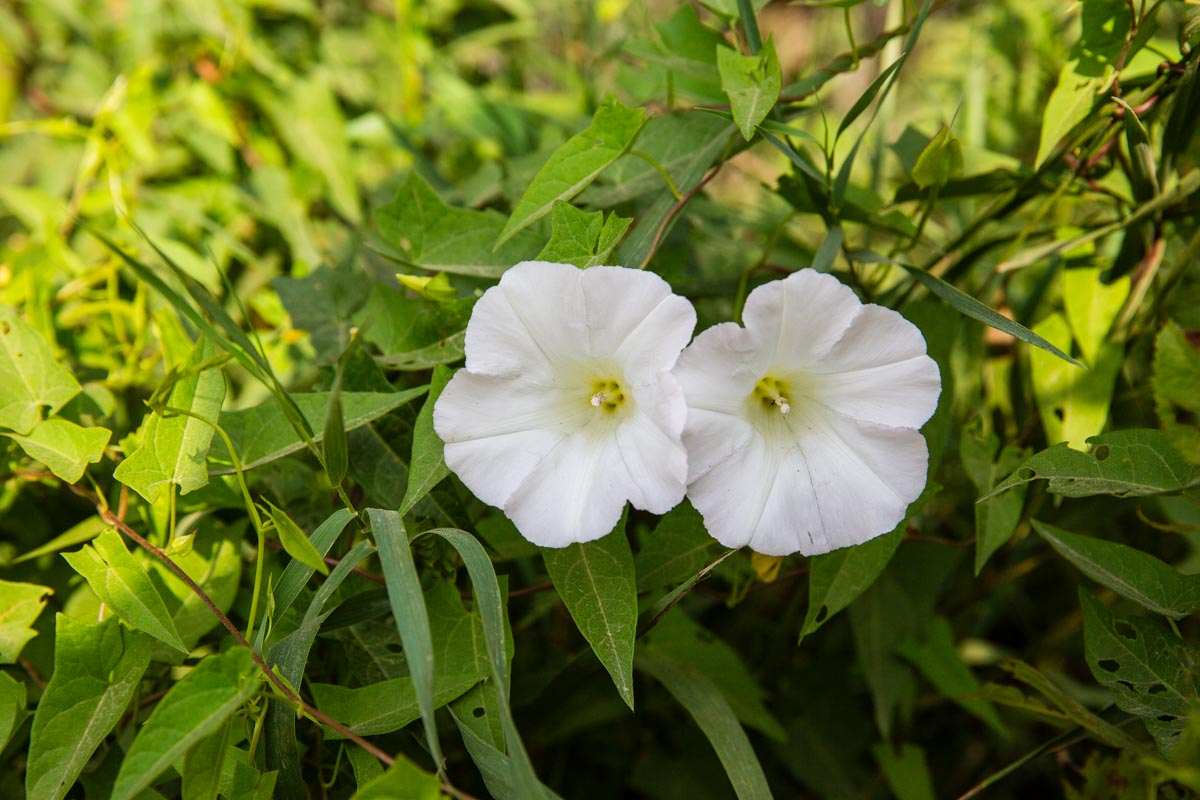Annual: a plant that completes its entire life cycle (grows from seed, blooms, makes more seeds, dies) within a year.
Biennial: a plant that completes its entire life cycle (grows from seed, blooms, makes more seeds, dies) within two years.
Biocontrol: the method of using living organisms, such as predators, parasites, or pathogens, to manage and suppress pest populations like insects, weeds, or diseases.
Biological invasion: the process by which a non-native species arrives in a new environment, establishes a self-sustained population, and spreads, often causing negative environmental, economic, or social harm.
Biologically Unique Landscape (BUL): priority landscapes that, if effectively managed, would conserve most of Nebraska’s biological diversity. These landscapes have known occurrences of at-risk species and natural communities and support a broad range of common species.
Control: as appropriate, eradicating, suppressing, reducing, or managing invasive species populations, preventing the spread of invasive species from areas where they are present, and taking steps such as restoration of native species and habitats to reduce the effects of invasive species and to prevent further invasions.
Early detection: a process of surveying for, reporting, and verifying the presence of a non-native species before the founding population becomes established or spreads so widely that eradication is no longer feasible.
Ecoregion: areas where ecosystems (and the type, quality, and quantity of environmental resources) are generally similar.
Ecosystem: a community of living organisms, such as plants and animals, interacting with each other and their non-living environment, such as soil, water, and sunlight.
Introduction: the intentional or unintentional escape, release, dissemination, or placement of a species into an ecosystem as a result of human activity.
Invasive: a non-native species whose introduction does or is likely to cause economic or environmental harm or harm to human health.
Microorganism: a tiny living organism that is still small to be seen with the naked eye and is found in virtually every environment on Earth.
Native: with respect to a particular ecosystem, a species that, other than as a result of an introduction, historically occurred or currently occurs in that ecosystem.
Non-native: with respect to a particular ecosystem, any species, including its seeds, eggs, spores, or other biological material capable of propagating that species, that is not native to that ecosystem.
Noxious: a plant designated by a government authority as harmful to public health, agriculture, ecosystems, or property.
Organism: any individual living thing, from a single-celled bacterium to a complex, multicellular being like a human or a plant.
Pathogen: a microorganism or other agent that can cause disease, such as bacteria, viruses, fungi, and parasites.
Perennial: a plant that lives for more than two years because its roots will survive through the winter and new growth will emerge every spring.
Rapid response: a process that is employed to eradicate the founding population of a nonnative species from a specific location.
Species: a group of organisms all of which have a high degree of physical and genetic similarity, generally interbreed only among themselves, and show persistent differences from members of allied groups of organisms.
Stakeholder: includes, but is not limited to, state, tribal, and local government agencies, academic institutions, the scientific community, nongovernmental entities including environmental, agricultural, and conservation organizations, trade groups, commercial interests, and private landowners.
Weed: a plant growing in a place where it is not wanted, often competing with or harming other plants.
Toxic: a plant that contains chemical compounds that are harmful, poisonous, or potentially fatal to humans and animals if touched, inhaled, or ingested.
